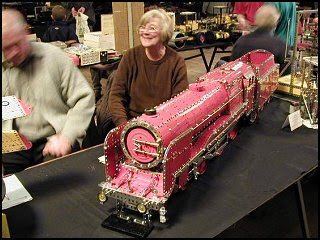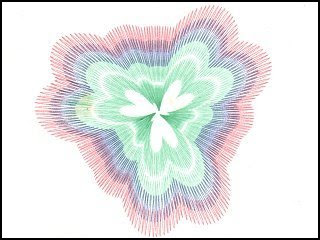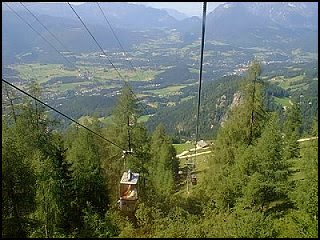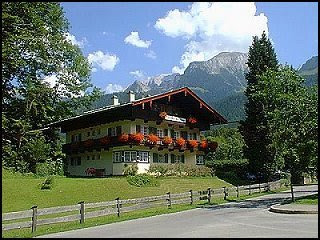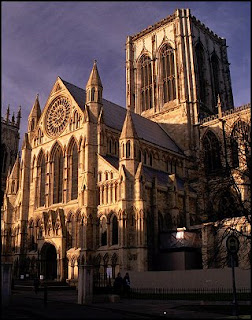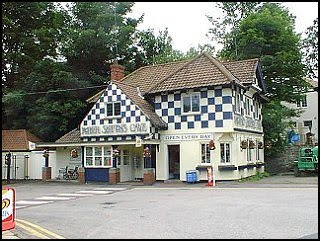 I've not added many photos to the Flickr account over the last few days as I've been scanning mainly family type photos.
I've not added many photos to the Flickr account over the last few days as I've been scanning mainly family type photos.Such as this one which was taken on my daughter Gill's 18th birthday back in 1995. I've had the film scanner for ages but of course every time Windows decides to upgrade (to be more honest, it's every time I buy a new computer so around once every 5 years or so...) the thing stops working and I have to download new software and drivers.
These just keep getting better and better though and I see photos in a state of pristine sharpness and colour (though not unfortunately cleanliness) than I've ever seen them before.
This always leaves me in a kind of quandary of whether to carry on scanning stuff that I've never scanned, or should I go back and do all the cruddy stuff again?
 This one is of a line dancing event at Thornton Windmill and Craft Village that Gill helped to organise as part of her HND course at Blackpool College in 1997.
This one is of a line dancing event at Thornton Windmill and Craft Village that Gill helped to organise as part of her HND course at Blackpool College in 1997.The only problems with scanning slides and negatives is that they are:
- inevitably dusty and dirty, even having been kept in proper storage sheets
- hardly ever dated, leaving me wondering how old people look...
- time consuming! Editing out the worst of the dust spots in Paint Shop Pro is laborious and a hair on a negative leaves a huge white worm trailing over the photo!
